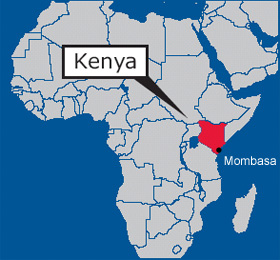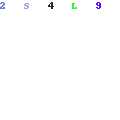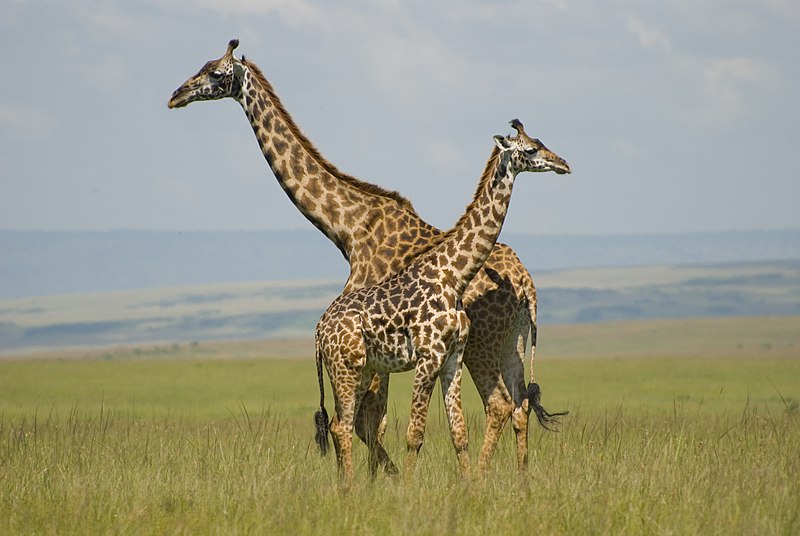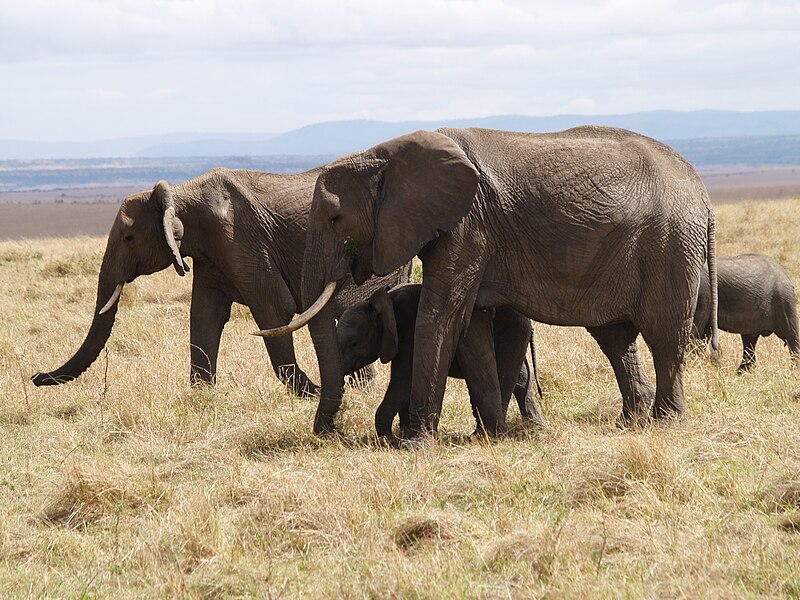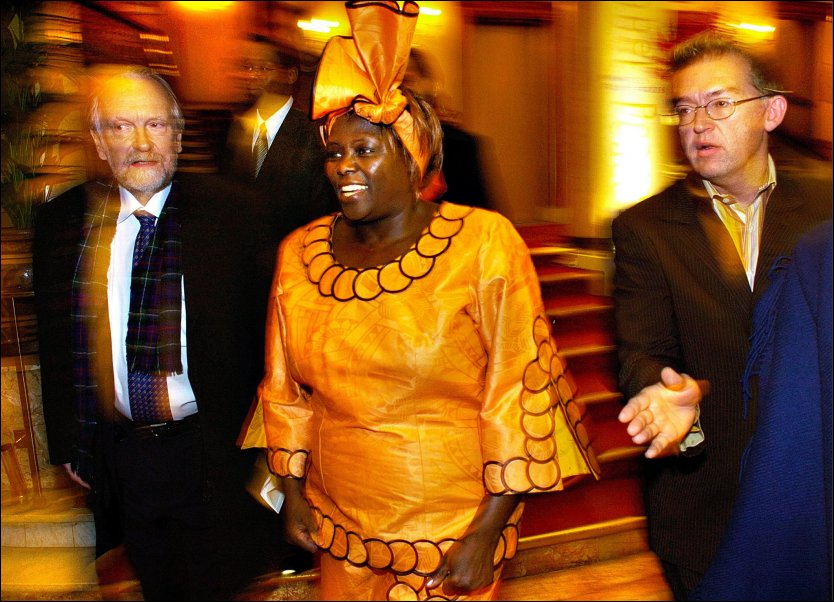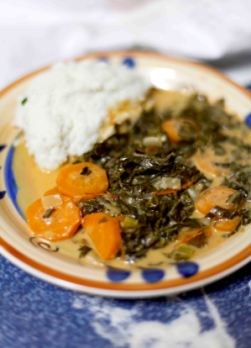Beskrivelse
Dette
bildet er et fotografi, som er fotografert i fugleperspektivet.
Det som fotografiet viser, er et tre som har form som en balanserende
trekant, to personer som sitter på en benk mellom treet, små rektangulære
steiner som brukes til å dekke bakken, og større rektangulære, og
forholdvis smale steiner som danner to parallelle linjer som går på skrå
gjennom øvre del av bildet. I tillegg til dette, ligger det store
natursteinplater helt nederst på bildet, og det ligger gule og brune
blader fra trærne på bakken.
Bildet er et
portrett. Motivet på bildet består av to personer som sitter med ryggen
til kamera.
Personene
sitter på en benk mellom to trestammer i mellomgrunnen av bildet.
Trestammene
har en mørk brun-grå farge, med noen hvite flekker på innsiden av venstre
stamme, og brunsvarte flekker på innsiden av høyre stamme. Begge stammene har
den samme brunsvarte fargen ved røttene, men fargen minker gradvis lengre
opp på stammen som står til venstre.
Benken
er laget av ved og stål, og er forankret ned i stein-bakken. Mellom de to
parallelle "steinlinjene" befinner det seg grønn-gult gress som
delvis er dekket med løv.
På dette
fotografiet er treet og steinplatene på nedre del av bildet, forgrunnen.
Personene og den gråe bakken danner tilsammen mellomgrunnen, og de to
parallelle stein - linjene øverst på bildet, fremstår som bakgrunnen.
Fargene på bildet er for det meste høstlige farger, som grå, brun osv. På bildet ser det ut som om det nettopp har regnet og det gjør at bakken og landskapet rundt får en mørkere farge. Samtidig faller lyset inn fra det venstre hjørnet, slik at fargene på bildet blir lysere. Utsnittet i bildet er et totalbilde; personene er på bildet i sin helhet, og det er med litt landskap og miljø.
Tolkning
Vårt førsteinntrykk av bildet er at det
viser et par i en kald verden. De står sammen mot den kaotiske, og ustødige
verden, mens de ser mot den muntrere delen av bildet.
Når vi ser på bildet, assosierer vi det
med høst, samhold og kjærlighet. Det er de varme klærne, de kalde fargene og
løvet på bakken som får oss til å forstå at det er høst. Stillingene som
motivene sitter i blir universalt gjenkjent som et symbol på kjærlighet,
vennskap eller sterke relasjoner.
Rødfargen i jakken på det ene motivet
trekker fokuset mot motivene, og skaper en kontrast både mellom motivene og
trærne, og mellom motivene. Dette viser at motivene er individuelle individer
som har kommet sammen. De horisontale linjene i bildet, hjelper til å holde
bildet i balanse, mens de vertikale formene til trærne, sammen med deres sterke
fargekontrast til resten av bildet, gjør at trærne, og det i mellom dem, blir
sentralt.
Bildets tema er samhold og lengsel i en
urolig verden, og har som formål å få folk til å tenke over og verdsette de
umaterialistiske tingene i livene deres. Hovedfunksjonen i bildet er poetisk,
vi har lekt oss med former og symboler.
Av Sina, Sigrid og Emilie




